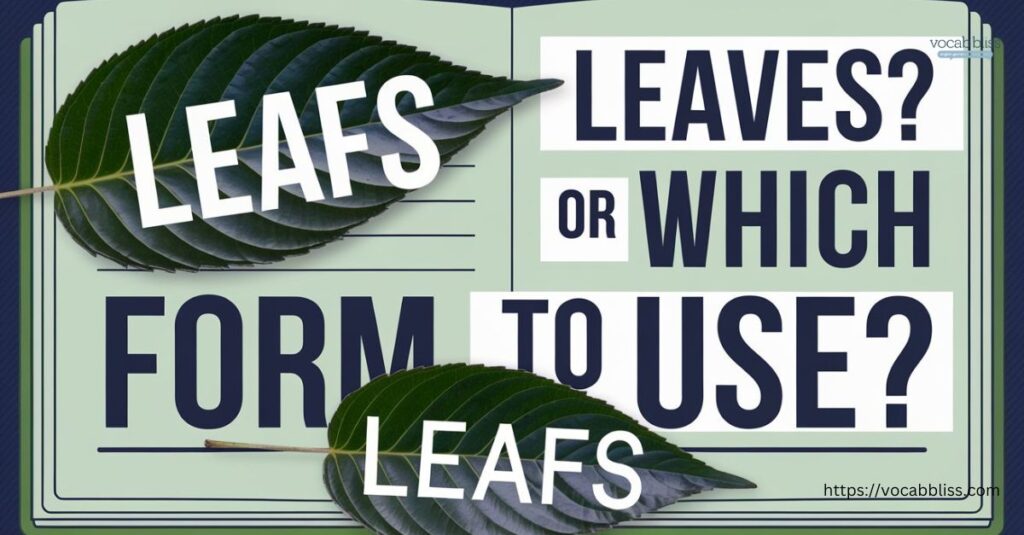The English language is full of quirks and irregularities, and deciding between “leafs or leaves” is no exception. Whether you’re discussing plant foliage or the Toronto Maple Leafs hockey team, the choice between these forms can get confusing.
This article provides a deep dive into understanding the correct terminology, including the main exceptions and usage in everyday language.
Let your emotions flow through beautiful words—start exploring the best Hindi Shayari today. Share your feelings, celebrate life, and connect with others on a deeper level.
Understanding the Difference
Here’s an expanded and refined version of the “Understanding the Difference” section with added details and examples:
Deciphering when to use “leafs” or “leaves” requires understanding their origins and grammatical nuances. While both words relate to the singular noun “leaf,” the appropriate plural form varies depending on the context. This divergence comes from the irregularities of English language rules, where some words deviate from typical pluralization patterns.
Etymology and Evolution
The term “leaf” has deep roots in Old English, derived from lēaf, which historically referred to the flat, green structures on plants that absorb sunlight and help with photosynthesis. In the English language, some nouns don’t follow the conventional pattern of simply adding “-s” or “-es” for pluralization. Instead, they take on irregular forms. For “leaf,” the plural becomes “leaves” due to an internal vowel change. This pattern is similar to other irregular plurals, such as “wolf” becoming “wolves” and “knife” becoming “knives.” These transformations date back to Old and Middle English, where shifting vowel sounds and word endings played a crucial role in pluralization.
Grammatical Explanation
“Leaf” is a countable noun, meaning it has both singular and plural forms. When we talk about more than one leaf in the context of trees, plants, or plant foliage, the correct plural form is “leaves.” This irregular formation reflects a shift in vowel pronunciation as English evolved. Using “leaves” follows a natural pattern found in words with similar endings and historical influences.
However, the term “leafs” does appear in the English language, primarily as a proper noun. In this case, “leafs” breaks the standard grammatical rule. It is commonly seen in the name of the Toronto Maple Leafs, where the decision to use “Leafs” rather than “Leaves” was driven by branding rather than grammar. Such usage represents an exception rather than the rule.
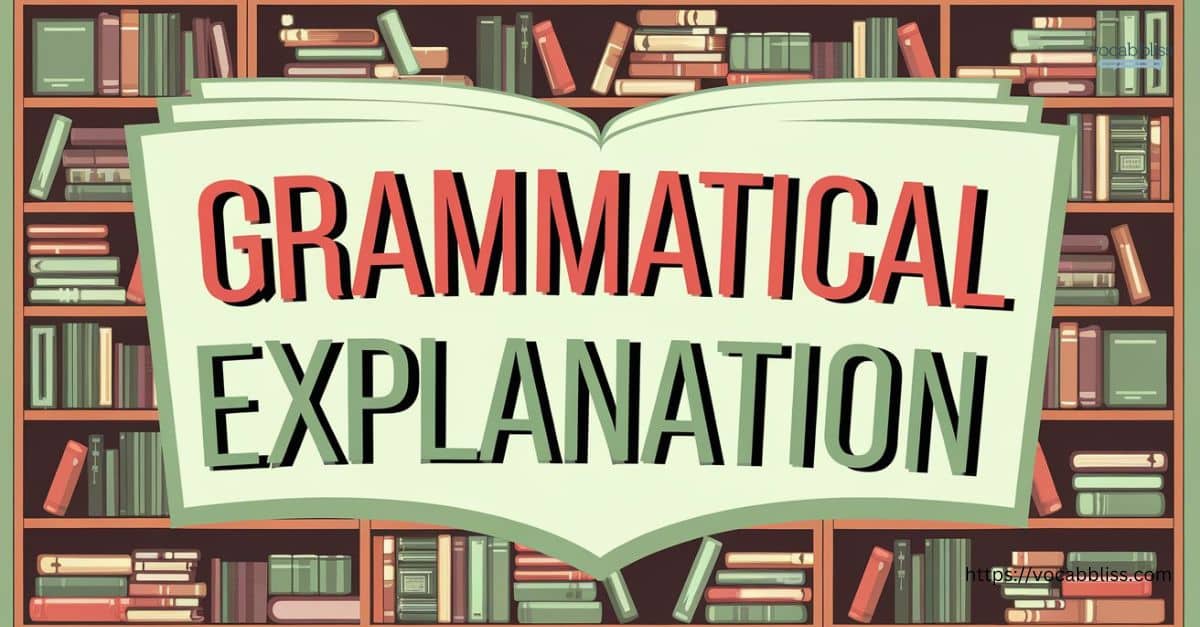
Real-Life Examples
To illustrate the differences more clearly, consider these examples:
- Correct Usage of “Leaves”:
- “In autumn, the leaves on the oak tree turn brilliant shades of orange and red.”
- “The gardener raked the leaves into piles for composting.”
- Here, “leaves” is used because we’re talking about the plural form of “leaf” in a botanical context.
- Correct Usage of “Leafs”:
- “The Toronto Maple Leafs won their game last night, advancing to the playoffs.”
- “She bought a jersey with the Leafs logo on it.”
- In these cases, “Leafs” refers specifically to the hockey team’s name, demonstrating an exception to the usual grammatical rules.
By understanding these distinctions and the history behind them, you can avoid common mistakes and apply the correct terminology in everyday language.
When to Use “Leafs” vs. “Leaves”
Deciding between “leafs” and “leaves” largely depends on the context. Let’s explore the different scenarios:
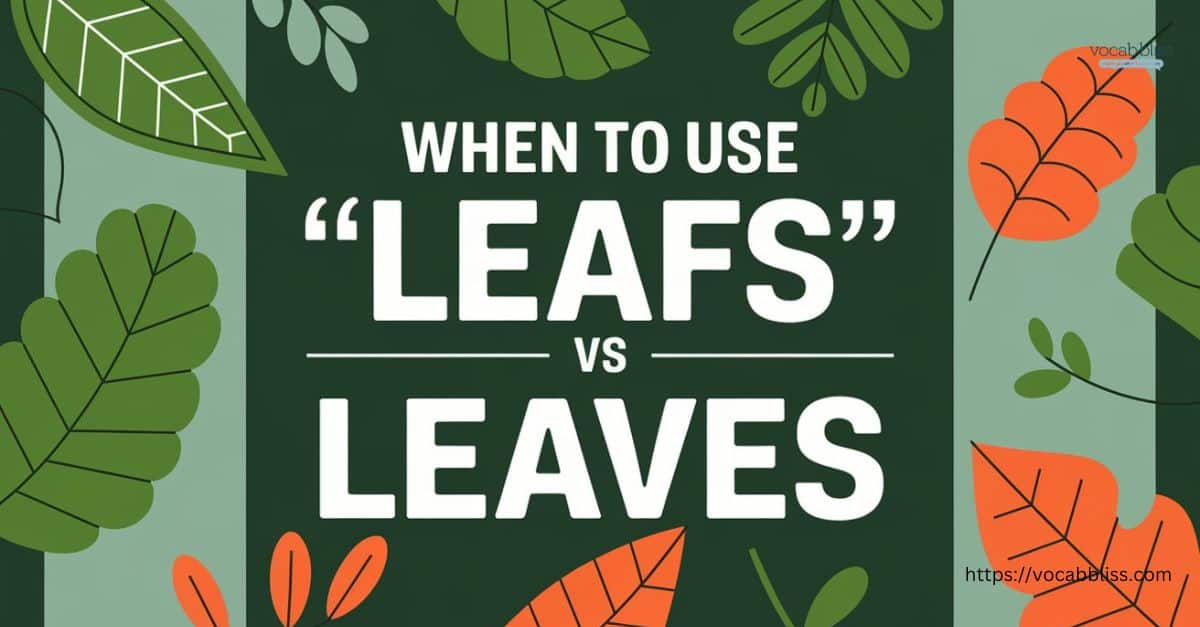
Proper Noun Usage
When you encounter “Leafs” as a proper noun, it’s usually in reference to names or trademarks. For example:
- Toronto Maple Leafs: The NHL hockey team, a Canadian hockey team, chose the name “Leafs” rather than the grammatically correct “Leaves.” According to the team’s history, this decision was made to retain consistency with other sports team names, like the “Toronto Arenas.” The choice defied grammatical rules, but it’s an accepted exception because proper nouns can have different rules.
- Other Brand Names: In rare cases, businesses or products may choose “Leafs” in their branding, defying grammatical norms for stylistic reasons.
Plural Form Usage (Leaves)
When discussing more than one leaf, the standard plural form is “leaves.” This is appropriate in many contexts:
- Botany: When referring to foliage on trees, shrubs, or plants, the correct term is “leaves.” For example, “The tree’s leaves turned vibrant shades of red during the autumn season.”
- Idiomatic Expressions: English has several idioms using the word “leaves,” such as “turn over a new leaf” (meaning to change one’s behavior) or “take a leaf out of someone’s book” (meaning to imitate or learn from someone).
Common Mistakes
One of the most frequent errors in everyday language involves using “leafs” instead of “leaves.” For example, writing “The tree dropped all its leafs” would be incorrect. The word “leafs” should not be used in this case because it’s not the standard plural form.
A quick tip: whenever you’re talking about plant foliage or anything related to nature, go with “leaves.”
Side-by-Side Comparison
To further clarify the difference, here’s a side-by-side comparison of “leafs” and “leaves”:
| Term | Grammatical Role | Common Usage | Examples |
|---|---|---|---|
| Leafs | Proper noun | Names, trademarks, team names | Toronto Maple Leafs, brand names |
| Leaves | Standard plural form | Botany, idiomatic expressions, writing | Autumn leaves, turning over a new leaf |
This comparison chart provides a quick reference to determine when each term should be used. Correct terminology is essential for clear communication.
In-Depth Analysis of Usage Scenarios
Common Mistakes
Many people, especially non-native speakers, find themselves using “leafs” when they mean “leaves.” Here are some common mistakes to watch out for:
- Incorrect: The autumn tree dropped all its leafs.
- Correct: The autumn tree dropped all its leaves.
The word “leafs” should only appear when talking about proper nouns like sports teams or branded names. For botanical contexts, always use “leaves.”
Contextual Usage
Leaves in Science and Nature
“Leaves” is the standard term used in botany and scientific writing when describing the foliage of plants. Whether it’s a discussion on plant foliage or explaining how leaves change colors during the autumn season, using the word “leaves” is crucial.
For example:
- “The leaves absorb sunlight to conduct photosynthesis, providing energy for the plant.”
- “During the autumn season, the leaves change colors as chlorophyll breaks down.”
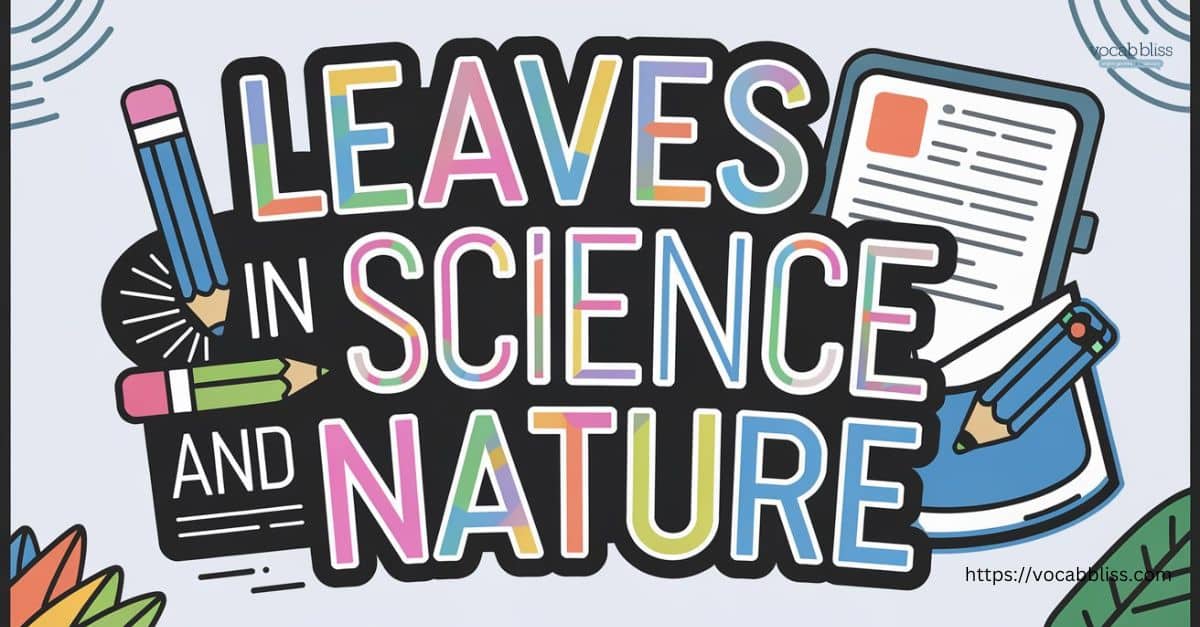
Leafs in Specific Cases
In contrast, “Leafs” is primarily seen in names, such as the Toronto Maple Leafs. The use of “Leafs” here is intentional, as the team’s founders wanted to establish a unique identity.
Even though it goes against traditional grammar rules, the term has been widely accepted in this context.
Idioms and Expressions Involving “Leaves”
Certain expressions use the word “leaves” rather than “leafs.” Here are a few examples:
- “Turn over a new leaf” – To make a fresh start or adopt new habits.
- “Shake like a leaf” – To tremble from fear, anxiety, or cold.
- “Take a leaf out of someone’s book” – To follow someone’s example or imitate their behavior.
These idioms highlight the use of “leaves” in figurative language, illustrating why “leafs” wouldn’t be suitable.
The Special Case of Proper Nouns: Leafs as a Name
The Toronto Maple Leafs
The Toronto Maple Leafs, one of the most iconic teams in the NHL, intentionally chose the name “Leafs” rather than the grammatically correct “Leaves.” The story behind this decision is fascinating and illustrates one of the main exceptions in language usage.
The team’s founder, Conn Smythe, reportedly chose “Leafs” to be consistent with other sports teams’ naming conventions at the time. The decision stuck, and today, “Leafs” is accepted as the correct form for the team name.
This unique name has not only sparked heated discussions among language enthusiasts but also spawned a series of creative products. Embroided Patches with the Toronto Maple Leafs’ iconic brand logo are popular among fans and collectors.

These embroidered patches are perfect for jackets, hats, or backpacks, allowing fans to proudly show their loyalty and tribute to the team. These personalized patches are a fun and fashionable way to highlight their unique personality and express recognition of the team’s history and culture, allowing the team spirit to continue and spread in life.
“Even when it breaks grammatical rules, tradition and consistency often prevail in sports team naming,” says language expert Geoffrey Nunberg.
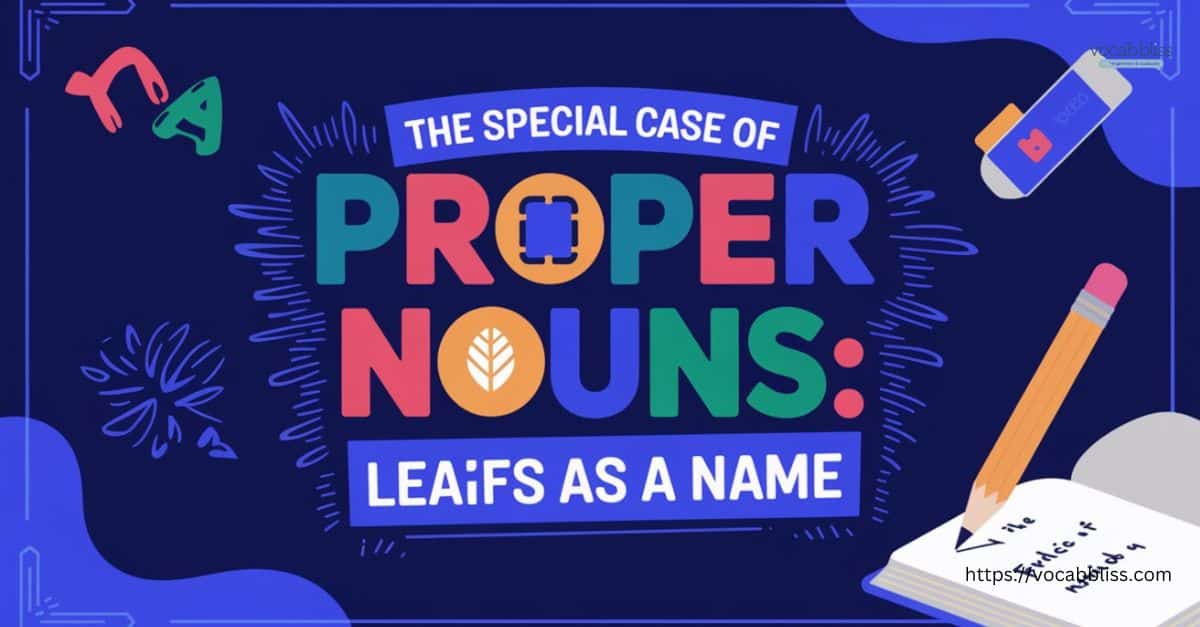
Exceptions in English
Proper nouns like the Toronto Maple Leafs show how exceptions can be made in English. While “leaves” is the standard plural, using “Leafs” as a proper noun bypasses this rule. This is one of those rare cases where grammar takes a backseat to cultural or branding decisions.
Frequently Asked Questions (FAQ) about Leafs vs. Leaves
Why is “Leafs” used for some sports teams but not for pluralizing the noun “leaf”?
The choice to use “Leafs” in team names like the Toronto Maple Leafs is a stylistic one, driven by tradition and branding rather than grammar rules.
It’s an exception in English where proper nouns don’t always follow standard grammar.
Are there any exceptions where “leafs” can be used outside of proper nouns?
Generally, “leafs” should not be used outside of proper nouns or specific brand names. For describing the plural of “leaf” in botany or nature, “leaves” is always correct.
Why is “leaves” the standard plural form despite not following the regular “-s” pluralization rule?
“Leaves” is one of many irregular plurals in English. Similar examples include “wolves” and “knives.” These irregular forms date back to Old and Middle English when different pluralization rules applied.
Does using “leafs” make you sound uneducated?
Using “leafs” in place of “leaves” can be seen as a grammatical error unless you’re referring to a proper noun like the Toronto Maple Leafs. Understanding the difference helps avoid common mistakes.
How can you remember the correct form easily?
A simple tip is to associate “leaves” with nature and “Leafs” with names. If you’re talking about trees or plant foliage, use “leaves.” If you’re referring to a hockey team or brand name, “Leafs” might be appropriate.
Conclusion
Choosing between “leafs” and “leaves” is simpler than it seems. When discussing plant foliage, nature, or idioms, stick with “leaves.”
For proper nouns like the Toronto Maple Leafs, “Leafs” is the accepted term, even though it goes against traditional grammar rules. This deep dive into the usage scenarios and exceptions aims to help you understand the correct terminology and avoid common mistakes.
By recognizing the main exceptions and using these terms correctly in everyday language, you’ll be better equipped to write and speak with confidence.
This comprehensive post covers the topic in depth, offering clear examples, historical context, and practical tips. It also includes side-by-side comparisons and answers frequently asked questions, ensuring that the reader fully understands when to use “
You Might Also Like:
- Piece or Peice? Figuring Out The Differences
- Journeys or Journies? Breaking Down the Terms
- Tomorrow or Tommorrow: Which One Is Correct?
- Tying or Tieing? Use the Correct Form

